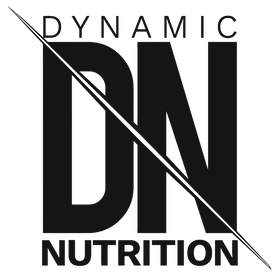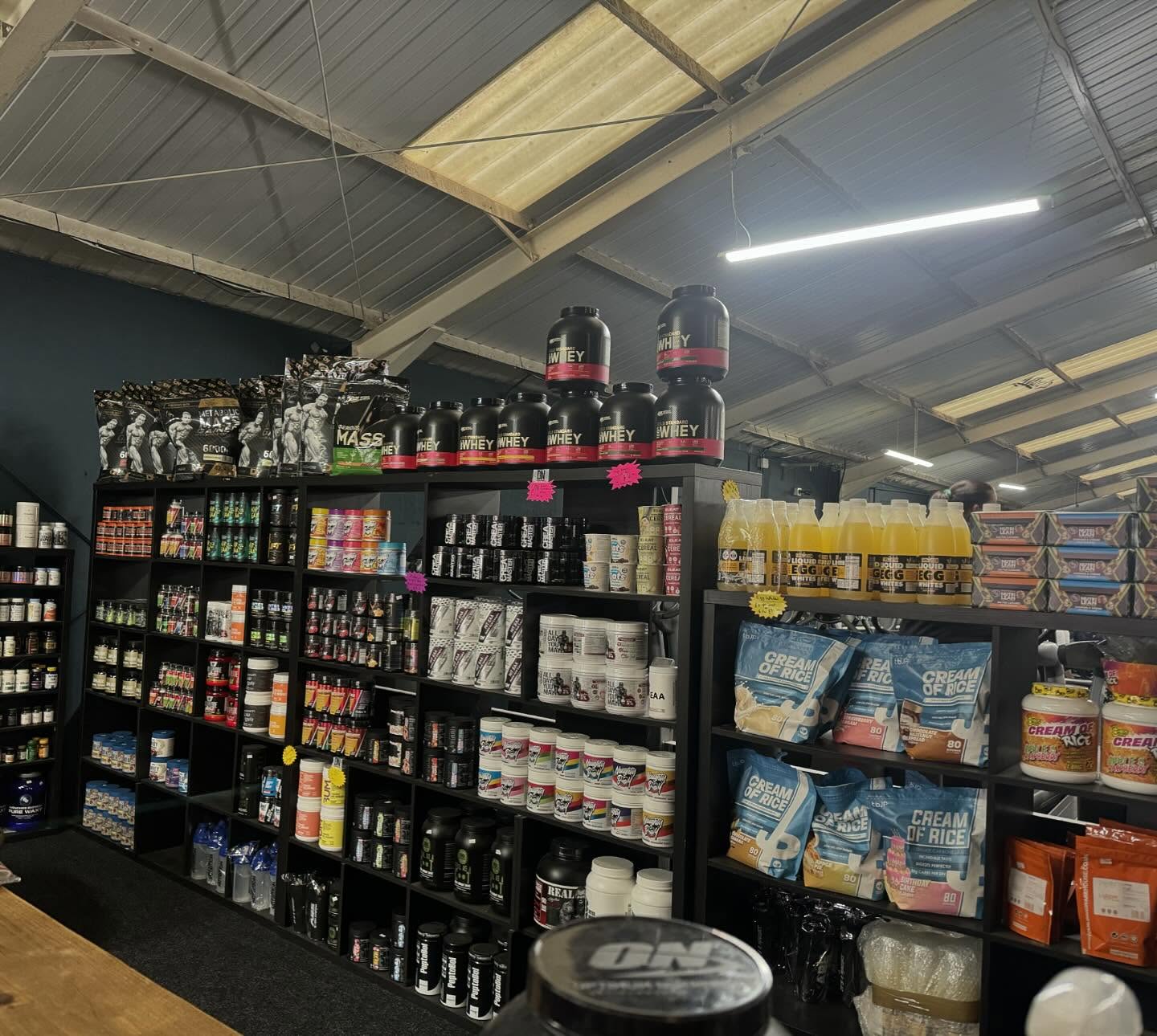Yamamoto Nutrition® GlycoBol®
Description
Yamamoto Nutrition® GlycoBol® is a food supplement indicated for athletes who have carried out intense and prolonged physical activity over time.
Yamamoto® Nutrition uses only and exclusively the original CLUSTER DEXTRIN ™ 100% Made in Japan.
Carbohydrates contribute to the recovery of normal muscle function (contraction) after intense and / or prolonged exercise that leads to muscle fatigue and the depletion of glycogen stores in skeletal muscles. (*)
This new class of carbohydrate-based supplements, called "designer glucose polymers", highly branched cyclodextrins (HBCD), are a further evolution of the various carbohydrate products on the market.
HBCDs are a new type of glucose polymers which are formulated by the reaction between the waxy maize with a particular enzyme, forming a cyclic structure.
The result is a glucose polymer with ideal use properties: to be clear, an average molecular weight of 160,000 Da with very low osmolarity and therefore very fast gastric emptying.
In the last ten years or so there have not been many discoveries, but a myriad of specific supplements on the "periworkout" have sprung up, and now we are in the era of nitric oxide stimulating pre-workouts, which are so popular for their pleasant marked effect on muscle pumping as well as (for those with stimulating substances) on the focus.
But if we want to talk about products of concrete usefulness that in recent years have found my absolute consent, which I would rather define among the "priorities" in a context of integration for the athlete, they are certainly high molecular weight carbohydrates.
If I remember correctly, in 2002-2003 "Vitargo" was released, a carbohydrate from the articulated chain of glucose molecules, derived from the starch of potatoes, and immediately after the less expensive relative "Waxy maize" (derived from corn).
These glucose polymers with branched structures, have particular characteristics that have set aside the use of the "carbohydrate" par excellence, glucose, and going to strengthen the concept and the increasingly perfected effectiveness of the carbohydrate-based drink during the workout.
New horizons
The new class of carbohydrate-based supplements, defined as "designer glucose polymers", the highly branched cyclodextrins (HBCD), would be a further evolution of the already present vitargo, Waxy maize and Karbolyn.
Currently there are still few companies (of the highest quality level) that have focused on this particular source, but the hype they are arousing is really interesting and motivated.
A few years ago myself, I was very curious to see in particular two of my mentors supporting cyclodextrins during training in every situation, from the growth phase to even precontests.
Then followed some big commercial names, which in the American market, where they have already been on the market for some time, have obtained considerable success for their characteristics of speed and effectiveness of absorption and use, without any gastrointestinal disturbance or dehydration problem, towards subjects who did not tolerate anyway other types of carbohydrates.
Why use intra-workout carbohydrates?
Let's take a dutiful clarifier step back.
Why use liquid carbohydrates during your training session?
The inventor of this theory in the world of body building was Milos Sarcev, who basically supported the theory of a drink based on carbohydrates, isolate, various amino acids, plus a series of other elements, which had to be taken during the workout, when the Muscle hyperemia was physiologically much higher than basal levels, so the pump and insulin boost were used to get the elements to the active muscles, in need of oxygenated and nourishing blood.
From the ancient theory of Sarcev, various factors have been optimized (and the basic bases confirmed) coming to optimize the components of the drink, so that the absorption times and also the effectiveness, were significantly improved, with the disturbing effects typical of glucose (especially if in large quantities and / or slightly diluted) practically canceled or almost.
And so it was.
Thanks to the glucose polymers, combined with a protein-amino acid portion, a rapid gastric emptying and an equally fast intestinal absorption of glucose will be favored, which will be released quickly into the emotional stream.
Furthermore, we will have a powerful combination of contrast to the catabolism generated in training, precisely because of their unique characteristic which is the low osmolarity, an excellent support to cellular hydration (the hydrated cell is an anabolic cell) and not to cause dehydration due to the recall of fluids in the stomach and intestines, with significant effects on recovery and adaptation.
Glucose vs high molecular weight carbohydrates
Some objections might still say "but are these kinds of carbohydrates that important or really so much better than the old glucose / dextrose?"
Before clarifying, it is necessary to explain the concept of "osmolarity", because we will often recall it for its fundamental importance now.
Osmolarity is a unit of measurement widely used in chemistry when referring to the concentrations of solutions, and indicates the total number of molecules and ions present in a liter of a solution.
So the osmolarity of a solution increases as the number of particles it contains increases and if a glucose-based drink has a much higher osmolarity than its counterpart based on glucose polymers such as Vitargo, it will happen that we will have a clear gastric emptying speed by the latter compared to glucose, which will recall more fluids in the stomach and intestinal lumen with consequent delay in emptying, in absorption, with easy dehydration in performance and / or gastrointestinal disorders (diarrhea ).
This feature partly explains why high molecular weight carbohydrates are also able to replenish glycogen stores faster than other carbohydrates.
And not only that, the characteristic of "speed" will also be found as a more powerful glycemic and insulin response in favor of glycogen synthesis.
"Not bad at all" .... and if we then think that the next born Waxy maize (amylopectin), which being a highly branched glucose polymer, clearly has a high molecular weight and low osmolarity, we find that it not only passes quickly from the stomach, but also provides a slow and gradual release of glucose into the blood, which can also be used by endurance sports.
Another defect that we find in glucose-based drinks is to risk an unpleasant reactive hypoglycemia during activity, if not well managed the glycaemia with constant intake of the drink.
Higly branched cyclic dextrins: the new generation
The current state of the art of carbohydrate-based beverage supplementation presented the amylopectin of Waxy maize as the latest generation, where we found a highly branched molecule, with a high molecular weight, which, as already mentioned, led us to a very low osmolarity , and the further characteristic of being able to sustain the performance in the longer term.
Let's call it "the carbohydrate" ad hoc!
From these strengths high-branching cyclodextrins (HBCD) were developed.
A few years ago I saw them included in the food programs of some of my overseas mentors, so they aroused my curiosity and I started looking in scientific literature, what their peculiar characteristics were and how cyclodextrins could have a "food" use . Then followed some companies in the sector that formulated products that are still the elite of carbohydrate supplementation.
The benefits of cyclodextrins
In particular, there are two notable benefits of using these high molecular weight glucose polymers as an intra workout supplement:
- rapid and constant release of glucose into the blood
- very low osmolarity in solution
First of all we have a rapid but constant release of glucose into the blood.
The speed in which it reaches its "destination" is determined not only by the molecular weight, but also by the molecular structure which determines how enzymes can hydrolyze a glucose polymer thus branched into the free form in the intestine.
The second advantage of using such a high molecular weight glucose polymer lies in the very low osmolarity in solution.
Let's get to the practical act.
Many of us mix with liquid carbohydrates (rightly so) hydrolyzed proteins, bcaa, essential amino acid pools, creatine ... etc. and the last thing you want is to also delay the absorption of these "fast" proteins, amino acids or other added nutrients that could happen using high osmolarity carbohydrates, which as previously mentioned, would slow down both gastric emptying carbohydrates and other nutrients that exploit the carrier of the mixture, and then reach the intestine recalling liquids, negatively affecting performance and also the muscle pump with the risk of generating easy gastrointestinal disorders.
Conclusion
"In light of this, I believe that these glucose polymers can find more and more space and confirmations for their use, to the point of being a real tool available to facilitate the recovery of the athlete, with fewer limits and no problems. than the old simple carbohydrate drinks like dear old glucose. "
Dr. Gabriele Trapani
- Low stock - 4 items left
- Backordered, shipping soon
- Same Day Shipping
Same Day Shipping on orders placed before 4pm









